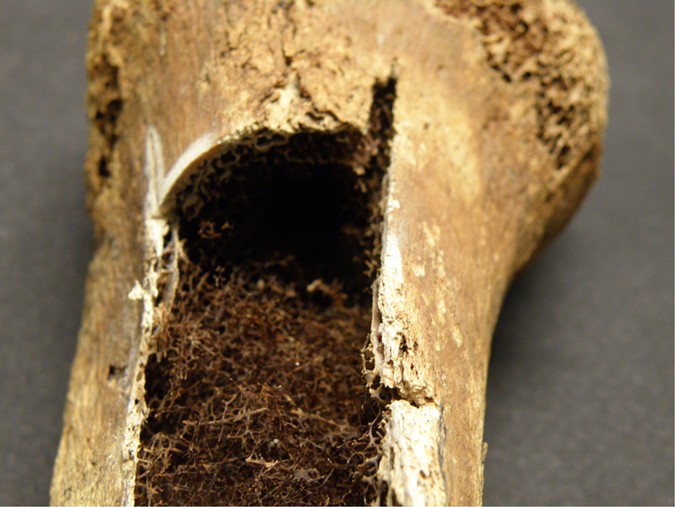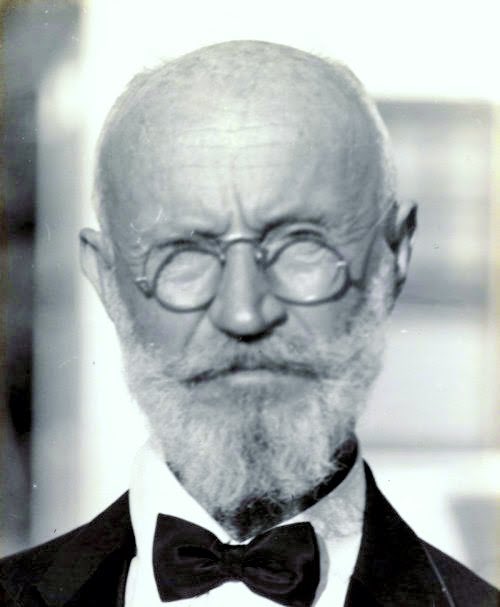
In 2013, the skeleton of Gaspare Pacchierotti, a very famous 19th century mezzo-soprano, was exhumed in order to study the effects that castration had on his body. This is his skull.
Thread
Thread

Opera became hugely popular in Italy from around 1600, & as the demand for soprano voices grew, so too did the demand for castrated boys, whose singing voice would be preserved into adult life. 

The castration ‘procedure’ was incredibly dangerous. The most common surgical technique was either to sever the spermatic cords or crush the testis with the fingers. The child would be heavily drugged throughout. (Image showing a castration, from Stromayr's 1559 Practica Copiosa) 

Pacchierotti, along with countless others, was castrated as a young boy, but unlike so many, Pacchierotti did achieve success. Not much is known about his early life, but his fame as a singer is well documented. He performed all over the world & was the rock star of his day. 

He débuted at 19, retired at 53, and died at 81. A team of researchers at the University of Padua exhumed his remains to study the effects of castration on his body.
Castration prevents sex hormones being produced, which impact the body in numerous ways. Castrati are usually quite tall because the long bones of their legs don’t’ fuse. Pacchierotti was found to be about 6'3" in height. (This is a 1723 caricature of the castrati by Vanderbank) 

Castrati are also often affected by osteoporosis at a young age because the change in hormones causes a decrease in bone mineral density. Pacchierotti's lumbar spine was found to have several fractures, and low bone density in his leg and arm bones. 

A lifetime of singing had given him strong respiratory muscles that lifted his rib cage, as well as developed muscles in his shoulders (he waved his arms a lot during his performances), & damage to his neck vertebra, caused by maintaining an unnaturally upright position on stage
The researchers also studied Pacchierotti’s teeth, which revealed extreme dental erosion due to bruxism (teeth grinding). Tragically, it was noted that this ‘was probably caused by psychic distress from compulsion as it happens in prisoners or people forced to do something’. 

And that ‘There was also enamel hypoplasia evident on 43, 33, 34, 35, a probable sign of trauma occurred at a young age that could be related to the castration’. Meaning that his teeth bore the trauma of being forcibly castrated as a child, all through his life
Castration gave Pacchierotti the required opera voice, but it severely impacted his appearance and health. Castration also causes minimal body hair; a tendency towards obesity, & breast development. Pacchierotti hated the way he looked, this is one of the few that survives. 

You can read the full research paper here nature.com/articles/srep2…
• • •
Missing some Tweet in this thread? You can try to
force a refresh


















